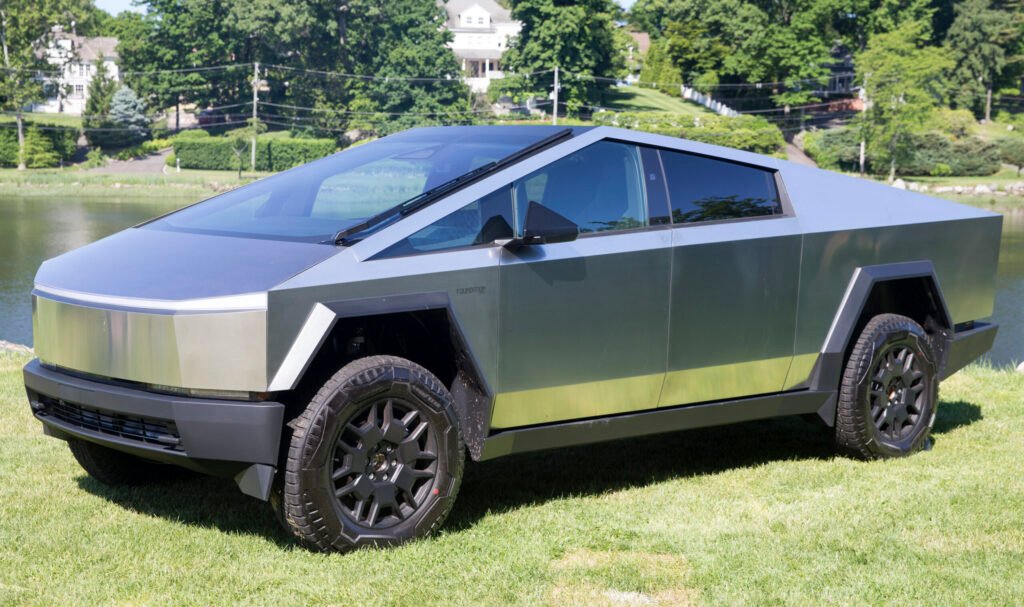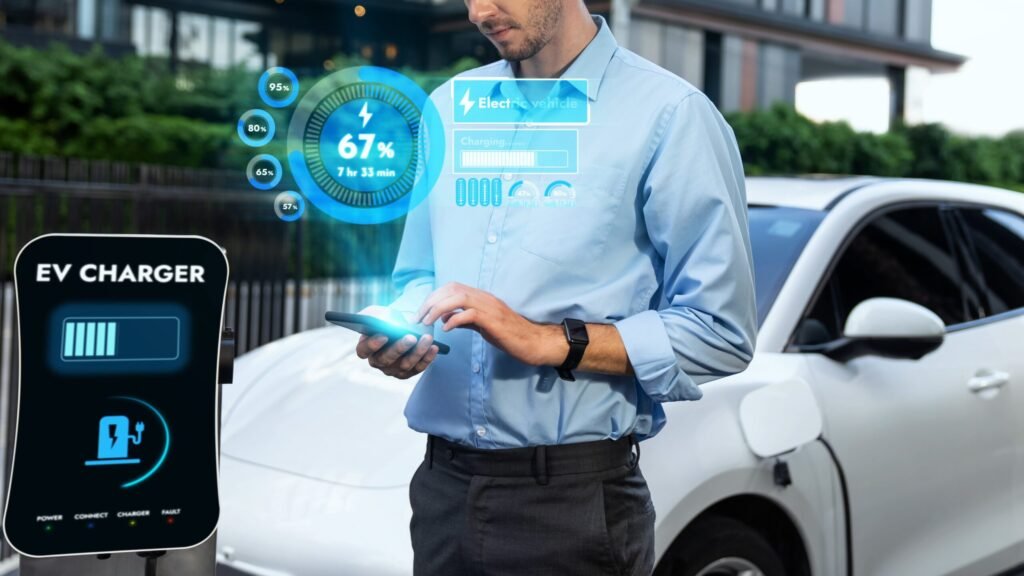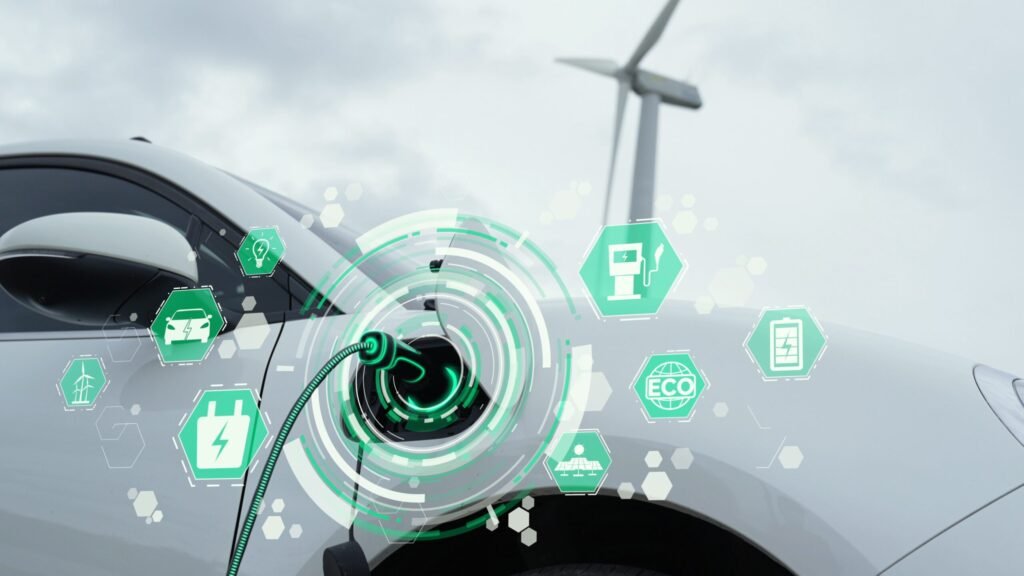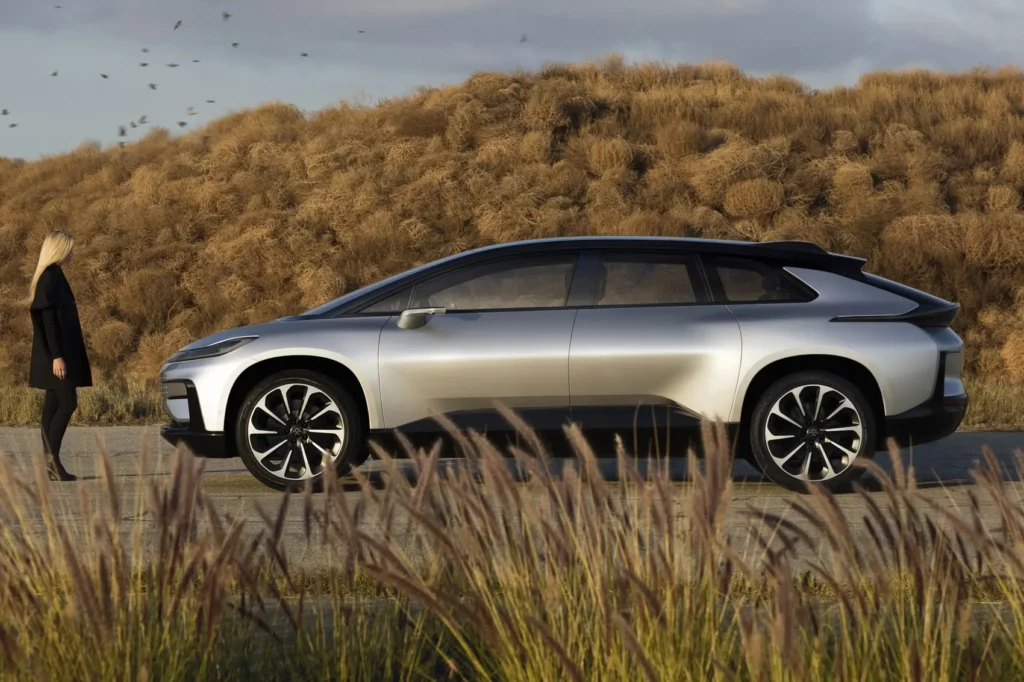As demand for clean, sustainable transportation surges, the spotlight is on electric cars made in North America. Automakers across the U.S., Canada, and Mexico are reshaping their production strategies to meet consumer demand, qualify for tax incentives, and build the EVs of the future right here on the continent. In this guide, we’ll look at which vehicles are built locally, who the major players are, and what the future holds for homegrown electric mobility.
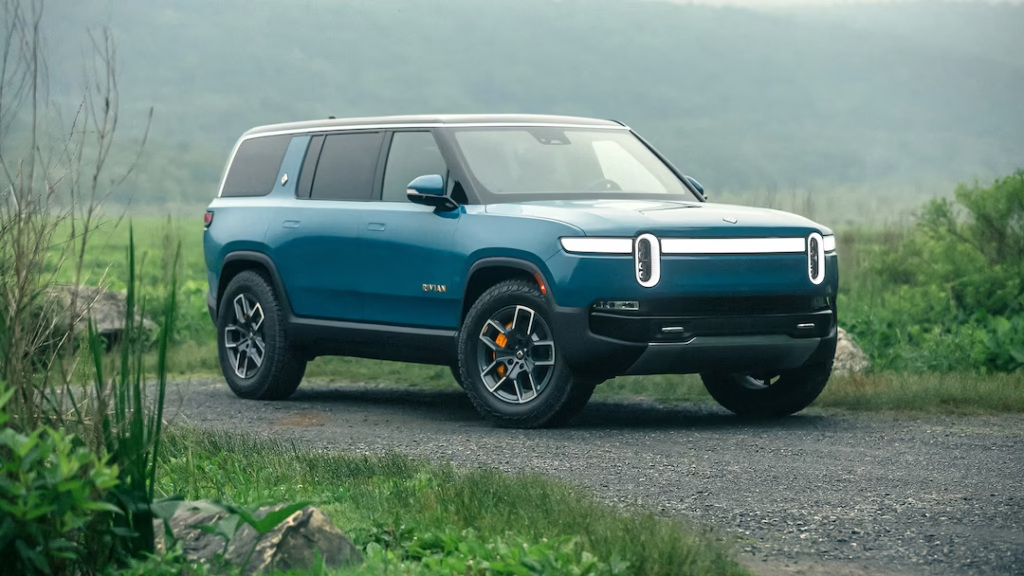
The Shift Toward Locally-Built EVs
Over the last decade, the EV market has transitioned from global curiosity to domestic priority. In 2024, electric vehicle sales in the U.S. crossed 1.5 million units, while Canada surpassed 10% EV market share for new vehicle registrations. Mexico, though earlier in the adoption curve, is rising as a critical manufacturing hub.
This rapid growth is no coincidence—government incentives, supply chain pressures, and environmental goals are all encouraging automakers to focus on electric cars made in North America. In the past, EVs were largely imported, but new policies are reversing that trend in favor of regional production.
Key Players Producing EVs in North America
Several major automakers are leading the charge in producing electric cars on North American soil. Here’s a look at who’s building what—and where:
- Tesla: With its Gigafactory Texas and Gigafactory Mexico (under construction), Tesla remains the most prolific EV manufacturer in North America. Models like the Model Y and Cybertruck are built locally.
- Ford: Produces the F-150 Lightning and Mustang Mach-E in Michigan and Mexico, respectively. Ford is investing over $50 billion into EV development and manufacturing by 2026.
- General Motors (GM): Manufacturing the Chevy Bolt EUV, Silverado EV, and Cadillac LYRIQ in facilities across Michigan, Tennessee, and Ontario. GM’s Ultium battery platform is also U.S.-produced.
- Rivian: Builds the R1T truck and R1S SUV in its Illinois factory. It also manufactures electric vans for Amazon, making it a key commercial EV player.
- Lucid Motors: Based in Arizona, Lucid builds the Lucid Air, a premium luxury EV known for its class-leading range and performance.
- Volkswagen & BMW: Expanding North American EV assembly in Mexico, where cost-efficient labor and trade access provide strategic advantages.
These companies are not only assembling vehicles in North America but are increasingly sourcing batteries and critical components domestically essential for eligibility under U.S. federal tax credit rules.
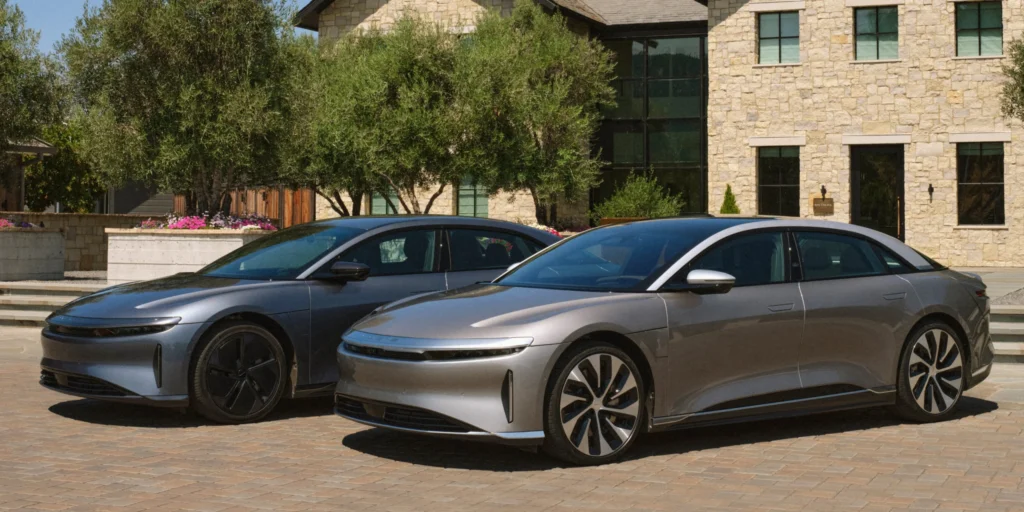
Policy Support and Manufacturing Incentives
The shift toward electric cars made in North America is largely driven by policy. The Inflation Reduction Act (IRA), passed in the U.S., provides up to $7,500 in tax credits for EVs that meet strict manufacturing and battery sourcing requirements:
- Final assembly must occur in the U.S., Canada, or Mexico.
- A growing percentage of battery minerals must come from North America or U.S. trade allies.
- Automakers must localize supply chains to qualify.
In Canada, the iZEV Program offers rebates up to CAD $5,000, while provinces like Quebec and British Columbia add thousands more in provincial rebates.
Mexico, meanwhile, is betting big on EV production. The government has offered incentives and expedited permits for companies like Tesla, which is building a new plant in Nuevo León to serve both domestic and export markets.
Together, these policies are creating a powerful incentive to not just sell—but build electric vehicles in North America.
Infrastructure and Innovation: Supporting the Domestic EV Boom
To support the surge in electric cars made in North America, massive investment is also flowing into charging infrastructure and battery innovation.
Charging Network Growth
- The U.S. NEVI program aims to install 500,000 public chargers by 2030.
- Canada’s ZEVIP initiative is funding charging stations in urban and remote areas.
- Private networks like Tesla Superchargers, ChargePoint, and Electrify America are expanding rapidly.
Battery Advancements
- Companies like Panasonic (partnering with Tesla in Nevada) and LG Energy Solution (with GM in Michigan and Ohio) are building gigafactories to scale battery output.
- Solid-state batteries and lithium-iron-phosphate (LFP) technologies are being developed to boost performance and reduce costs.
These advancements help ensure that electric cars made in North America are not only locally assembled, but also powered by local energy tech.
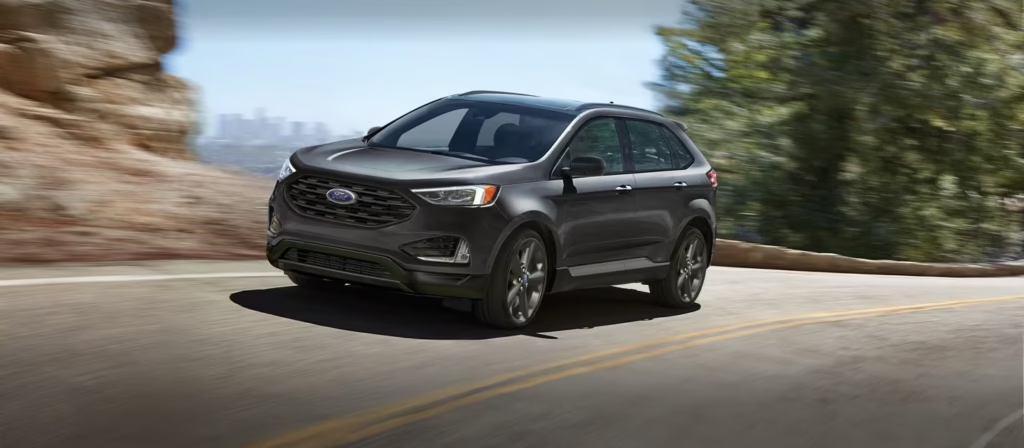
Consumer Trends and Affordability
Consumers are increasingly motivated by fuel savings, environmental concerns, and—more recently—eligibility for EV tax credits. But affordability remains a challenge.
Key Consumer Considerations:
- Upfront costs of EVs can still be higher than gas-powered counterparts, though incentives are narrowing the gap.
- Used EV markets are expanding, offering more budget options.
- Leasing an EV often grants full tax credit access, even when the car itself wouldn’t qualify for purchase credits.
Surveys in 2024 show that more than 60% of new car buyers in the U.S. and Canada are considering an electric model as their next vehicle, especially younger, urban, and tech-savvy drivers.
What the Future Holds: Forecasts for 2025–2030
Looking ahead, the forecast for electric cars made in North America is strong:
- By 2030, over 50% of new vehicle sales in the U.S. could be electric, according to EPA targets.
- Canada is set to reach 60% EV sales by 2030 and 100% by 2035.
- Mexico will continue its push as a top exporter of EVs to North America and beyond.
Key Trends to Watch:
- Automakers phasing out gas engines: GM, Volvo, and others plan to go all-electric by 2035 or earlier.
- Price parity between EVs and gas vehicles could arrive by 2026–2027, driven by battery cost declines.
- Energy grid integration and vehicle-to-grid (V2G) technology may turn EVs into mobile energy storage units.
As more models are made locally and technology advances, North America will increasingly become a self-sustaining hub for EV development and production.
Final Thoughts
The age of electric cars made in North America has arrived. Driven by policy, innovation, and consumer demand, the continent is rapidly becoming a global leader in EV manufacturing. With new factories opening, charging networks expanding, and incentives aligning with climate goals, the road ahead is electric, and it’s being built right here at home.

